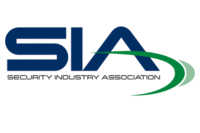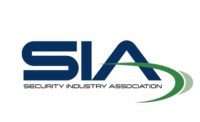The report, part of SIA’s Quarterly Technical Update series, explains key technological requirements for FIPS 201 compliance, as well as the major drivers for physical and IT convergence within the federal government: interoperability, enterprise-wide access control, increasing reliance on IP networks, and adoption of digital certificates.
The study introduces technology elements new to the security industry and the changes they have brought about. In today’s industry, according to the study, authentication, authorization and cryptography together, are all elements of a sound integrated security system. The study focuses on explaining different technologies in-depth in the 32-page report, and includes a glossary of key terms and technologies.
The report finds that the impact of technology elements is not confined to government systems, but rather affects the security industry as a whole. To achieve growth, the study calls for an expansion of security industry technology through product development engineering and expanded service offerings.
“Complying with this standard requires a deep understanding of topics and concepts that many find difficult, such as PKI and digital signatures,†said Dave Engberg, CoreStreet CTO and co-author of the publication. “Our hope is that this report will give people from all industries an understanding of the technical requirements so that they can begin to develop solutions.â€
This is the first time SIA’s Quarterly Technical Update will be available to members and non-members at no charge. The report is available for download from www.siaonline.org or www.corestreet.com.





